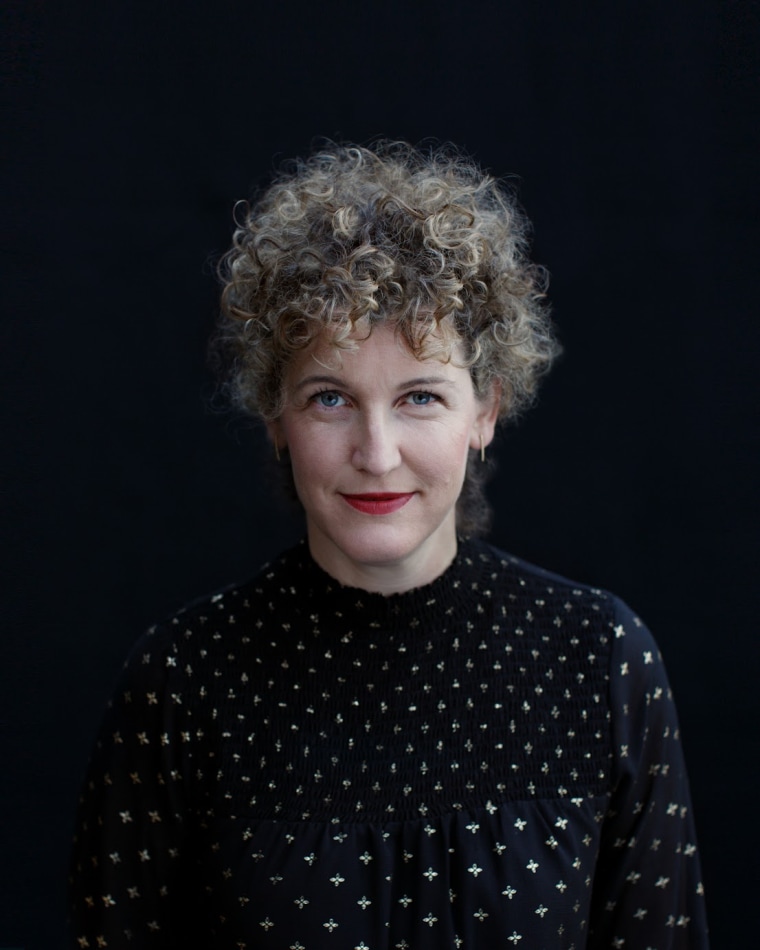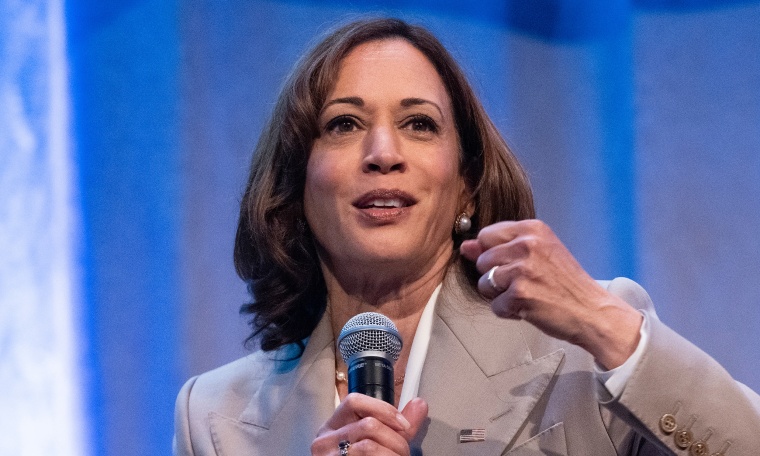At first glance, statistics paint a rosy picture about women in U.S. politics.
Kamala Harris is our country’s first female vice president. There’s a record number of women serving in governorships and in the U.S. House. And there’s been a steady rise of women serving in public office.
Still, politics is largely a man’s game.
Women still make up just over a quarter of the 118th Congress. And while women have proven time and time again that they can run and win, there’s an ambition gap that’s holding them back.
The good news is that more women than ever before are motivated to run for political office. According to a new study from the non-partisan, non-profit organization She Should Run, which aims to get more women to run for public office, nearly a quarter of the women, or 22.4 percent, are interested in seeking elected office.
The study surveyed over 400 women, with no political background, aged 18-75 across different geographic regions and party affiliations to develop an understanding of the data about women running for office and what motivates women to consider elected leadership.
“By reaching and motivating this untapped talent, the goal of reaching equal representation in government can be accomplished,” Erin Loos Cutraro, founder and CEO of She Should Run, said about the study.

The She Should Run study came out in late March and found that many women – across demographics and ideologies – are motivated by issues that affect them and their communities. That includes the economy, climate change, reproductive health, racism and gun violence. In addition, women are most likely to act on issues related to children, health, education and poverty.
Loos Cutraro’s organization, founded in 2011, has the lofty goal of inspiring 250,000 women to take their first steps toward public leadership by 2030. So far, She Should Run has reached over 40,000 women and encouraged them to run for public office, whether local, at the state level, or federal.
They do this by reaching out to women with no experience in politics and showing them that they can run for office through learning events, company partnerships and community building.
The latest research also shows that women benefit from an inner circle of close female friends, especially those seeking leadership roles. Once motivated to get involved in politics, women tend to then pull other women into the process with them.
Loos Cutraro became interested in politics in 2004 when she was recruited to join Robin Carnahan’s campaign for Missouri Secretary of State. Carnahan was ultimately elected, Missouri’s first ever female secretary of state.
Throughout the campaign, Loos Cutraro noticed challenges Carnahan faced based on her gender, and in her case, being a single woman. Loos Cutraro saw Carnahan get drilled with questions over her qualifications - questions that she rarely saw asked of men. The questions often revolved around whether she could “handle it,” or if her candidate was “up for it,” Loos Cutraro recounted.
“Seeing the challenges that [Carnahan] faced were shocking to me and were seared into my mind as that next professional problem that I wanted to work on,” said Loos Cutraro. From there, the idea of She Should Run was born.
Flooding the candidate pool with women and having equal numbers of women and men running for office will start to level out the playing field, ultimately closing the gender gap in politics.
By working with women on the issues that matter to them most and showing them that they can make a difference with policy, more women will start to dip their toes into politics, and eventually dive into the idea of running for office.
One thing that is certain, “Once a woman has made a decision to run, there’s no stopping her,” said Loos Cutraro.
